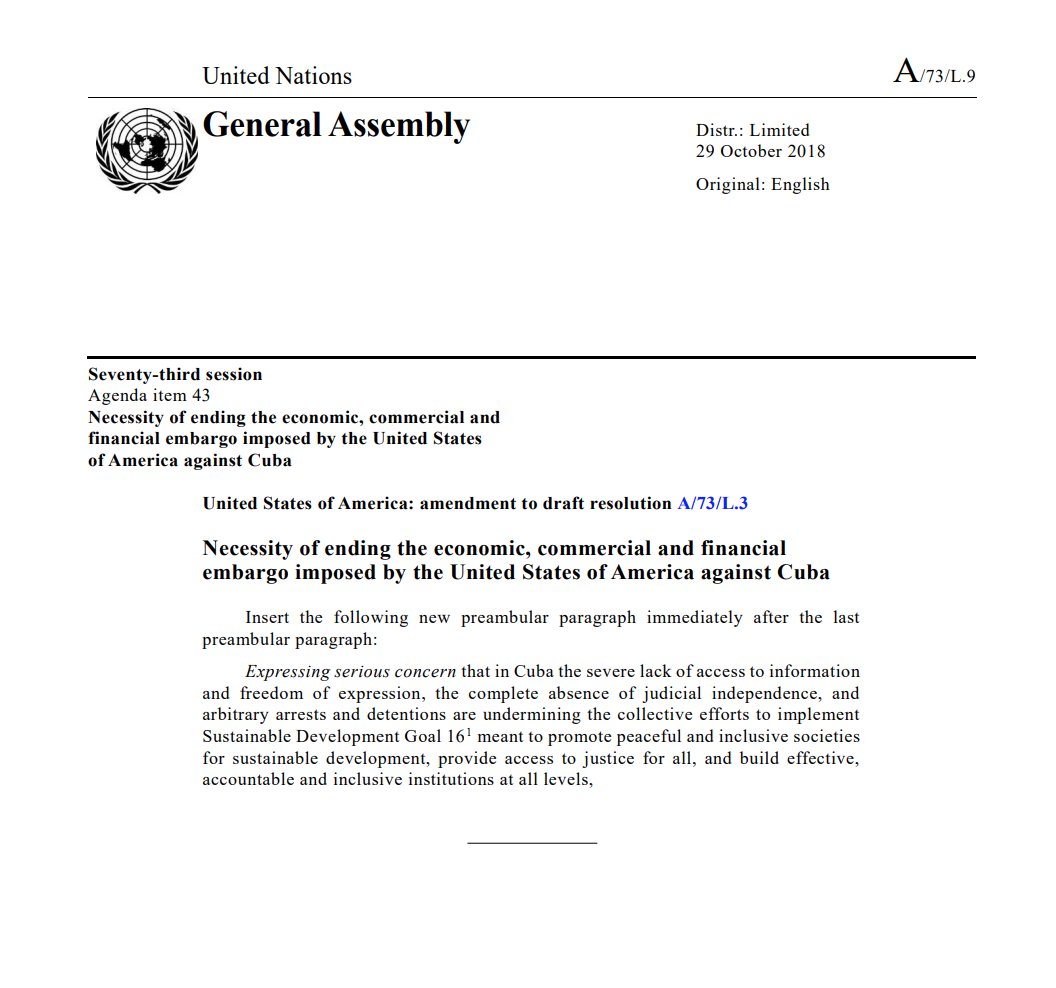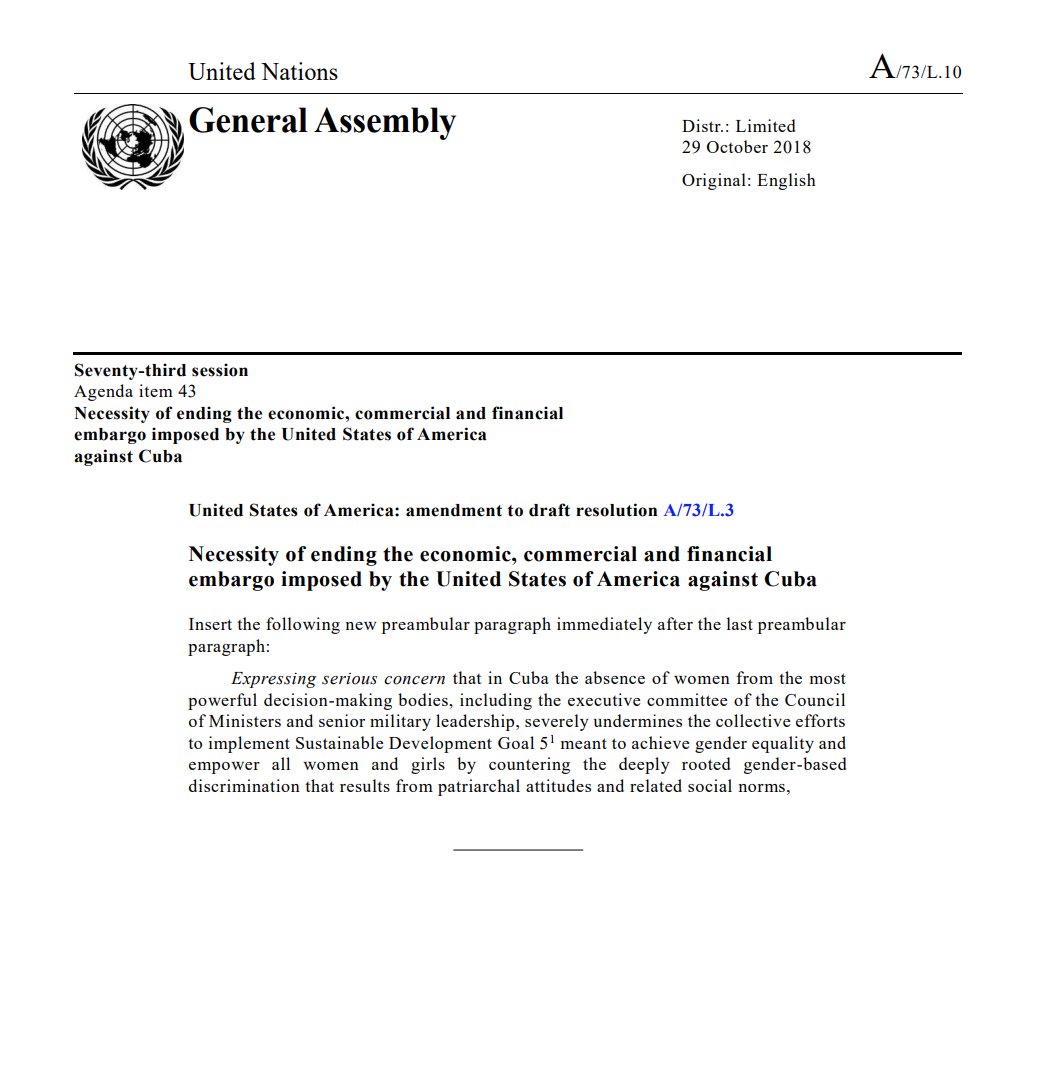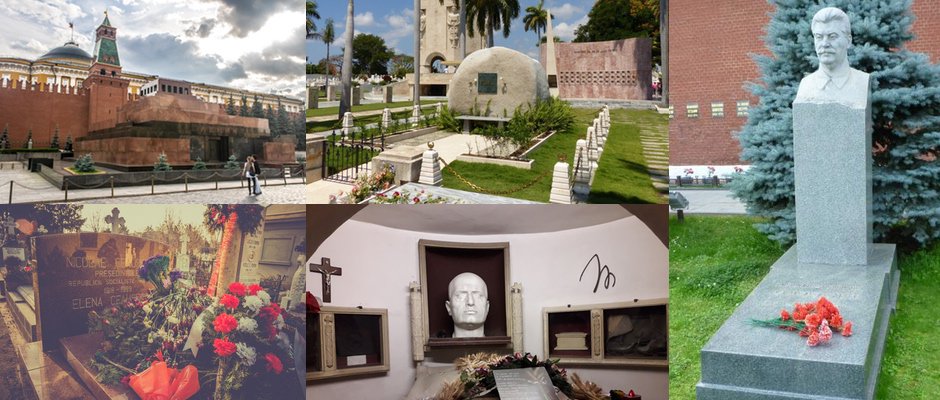He also was briefly president during the early 1940s but had supposedly left politics after his mandate.
However, it seemed apparent that the Orthodox Party was well on its way to victory in the coming elections.
However, by the late 1940s it was seen as corrupt and insufficiently radical, leading its Left wing to split off.
The attack was planned by Fidel and his co-conspirators to take place in the middle of Carnaval in Santiago de Cuba, in the hopes that the fireworks would conceal the gunshots and slow down military reaction time.
As she told me circa 2011 in her Havana apartment, she really did think the first gunshots were fireworks.
Some of the combatants were killed, some captured, and some fled into the mountains.
At this point Fidel and others surrender themselves.
Using this as their base they then planned the famous Granma expedition to Santiago de Cuba and created a new organization: The 26th of July Movement




















